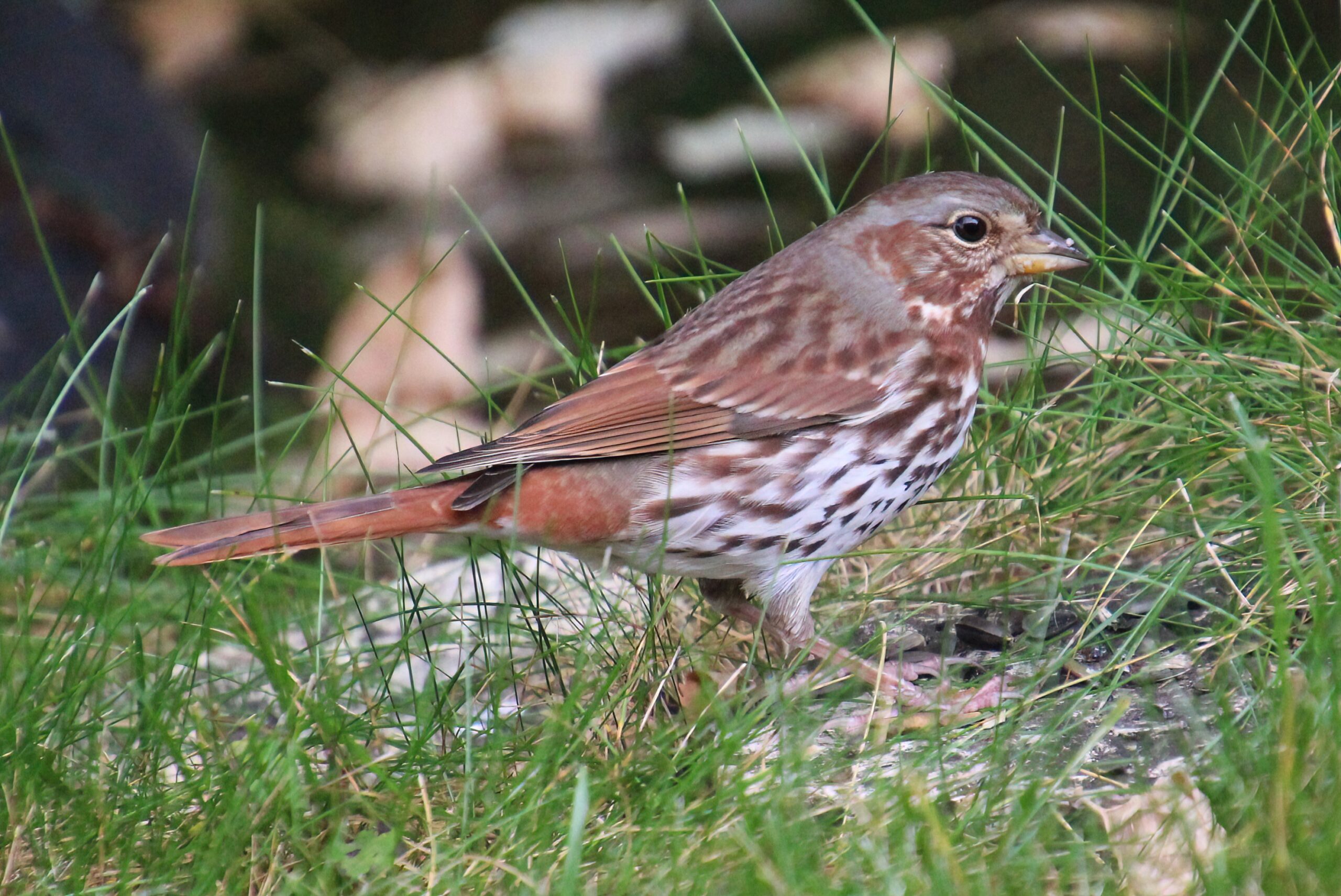This may be the most un-talked about part of a dog’s anatomy and one of the more contentious. Dewclaws are the tiny toes that hang from your dog’s legs, just up a bit from the wrist. They’re your dog’s fifth toes on each foot. They’re like thumbs on the front legs and big toes on the back legs. Depending on the breed, some dogs have double or triple rear dewclaws. “They’re just high enough on your dog’s leg to brush the morning dew, which is how the name came to be.” writes Joanne Keenan in “Dogs Naturally” magazine.
Keenan goes on to describe the anatomy of dewclaws thus: “front dewclaws connect to your dog’s leg with their own nerve and blood supply, muscles and tendons. They are just as connected as the four toes on each of your dog’s feet.
Dewclaws attach to two major functioning tendons in your dog’s lower legs. At one end, a tendon attaches to bone, and at the other end it attaches to muscle. If you cut off the dewclaws, you now have muscle attached to … nothing! Without the tendon, these major muscles no longer have any tension and will waste away from lack of use.”
Dr Christine Zink is a canine sports medicine consultant who sees the effects of dewclaw removal in canine athletes. She confirms that dewclaws are important to dogs. Here’s what she has to say as she describes the anatomy of a dewclaw: “those muscles indicate that the dewclaws have a function. That function is to prevent torque on the leg … If the dog doesn’t have a dewclaw, the leg twists. A lifetime of that and the result can be carpal arthritis, or perhaps injuries to other joints, such as the elbow, shoulder, and toes.”
There are seven reasons that Keenan gives for dogs needing dewclaws:
- To stabilize the leg while running. If you watch a dog running, especially at high speed, their front feet will bend enough to put the dewclaws in contact with the ground. Dewclaws stabilize the dog’s legs to minimize twisting. So, when running at high speed, making a sharp turn or running on a slippery surface, the dewclaws provide needed traction.
- To prevent avoidable arthritis. Removing front dewclaws by choice can actually impact your dog’s health and future mobility. It’s known that physically active dogs with the front dewclaws removed are prone to arthritis at the carpal joint. That’s your dog’s wrist joint. When this happens, it can lead to a dog’s early retirement from performance events or a working career. Even if your dog’s not an athlete, dewclaw removal can lead to arthritis in the carpal joint, limiting your dog’s mobility as he ages.
- To grip and hold. Watch your dog the next time you give him a bone or a chew toy. He’ll wrap his paws around it and the dewclaws help hold the bone in place, like thumbs.
- To avoid atrophied muscle. When the dewclaw is removed from the tendon, the tendon and its muscle are not attached to anything. There’s no tension on it so the muscle atrophies. That means the muscle wastes away and weakens your dog’s leg.
- To prevent damage to leg ligaments. If a dog is without dewclaws, there’s a greater possibility for his carpal ligaments to stretch and tear. Since there is no tension on the muscle, it is loose. This causes greater stress through the dog’s foot, elbow, shoulder and spine as it tries to offset the loss of the dewclaw. That greater stress leads to arthritis.
- To climb rough terrain and hillsides. If your dog has ever slipped coming up a treacherous hillside, you can see him scramble and dig in his dewclaws along with his toes. They grip and curl into the ground to pull him forward.
- To navigate icy conditions. Dewclaws provide traction on slippery surfaces. When your dog climbs an icy hill or crosses a frozen stream, you’ll see him grip the surface with his dewclaws to give him more control.
Given the above, why are dewclaws removed? Keenan claims that one legitimate reason for removing a dewclaw is for health reasons. So, if a dog’s dewclaw is severely injured or develops a disease like a cancerous tumor, removing it might be the way to treat it in some cases. However, some breeders remove puppies’ dewclaws routinely. Sometimes it’s for cosmetic reasons to improve the dog’s appearance in the show ring. Also, it’s for easier grooming and makes the front leg look smoother for judging.
Given the pain a puppy/ dog goes through when the dewclaw is removed, I leave you with the question: “Do you think it’s humane to remove a baby’s big toes or thumbs within its first few days of life … or anytime?” Because that’s what happens when your dog has his dewclaws removed. It’s like amputating a limb … it’s painful, and for your dog, unnecessary.





